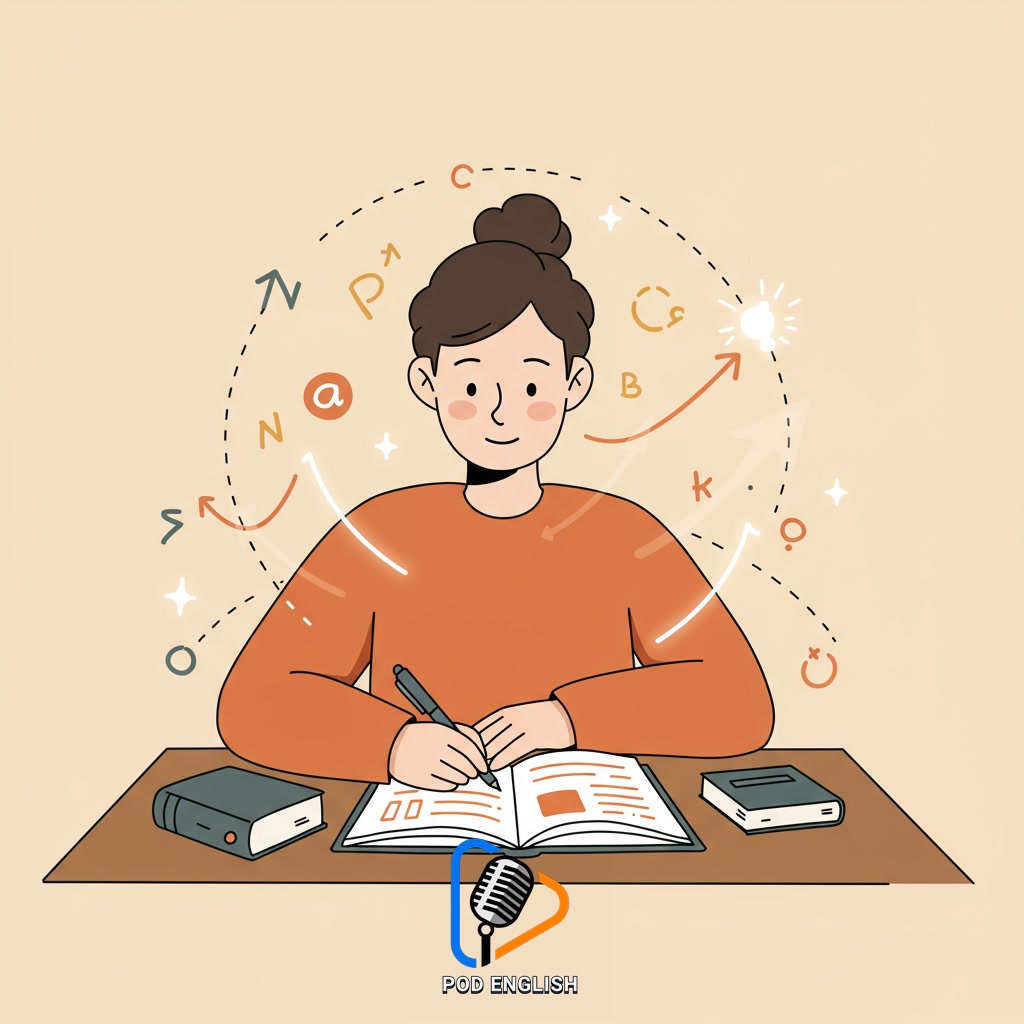Learn English
Embrace Mistakes: Your Key to Accelerating Daily English Study Progress

Embracing mistakes is presented as a fundamental strategy to significantly speed up your daily English learning journey. Recognizing that errors are natural parts of the learning process encourages active engagement and experimentation. By analyzing and correcting inaccuracies, learners can deepen their understanding and build confidence. This perspective transforms challenges into valuable steps forward, ultimately leading to accelerated progress in mastering English.
Table of Contents
- Section 1: The Fear Factor: Why We Avoid Making Mistakes in English
- Section 2: Shifting Your Mindset: Seeing Mistakes as Opportunities, Not Failures
- Section 3: Practical Strategies for Learning From Your English Errors
- Section 4: Building Resilience: Developing a ‘Mistake-Friendly’ Study Habit
- Section 5: The Direct Impact: How Embracing Mistakes Accelerates Your Progress
Section 1: The Fear Factor: Why We Avoid Making Mistakes in English
Many English learners feel a strong sense of fear when it comes to making mistakes. This isn’t just about language; it’s often rooted in deeper anxieties. We might worry about being judged by others, feeling embarrassed or foolish if we say something incorrectly, or appearing less intelligent than we are. Past negative experiences, like being laughed at or corrected harshly, can also make us hesitant. This fear of imperfection can be a major barrier, causing us to avoid speaking, trying new vocabulary, or practicing in real-life situations. We might stick to what we know is safe, limiting our exposure and slowing down our potential for growth. Understanding *why* we feel this fear is the first step towards overcoming it and opening ourselves up to the learning process.

The Fear Factor: Why We Avoid Making Mistakes in English
Section 2: Shifting Your Mindset: Seeing Mistakes as Opportunities, Not Failures
Following the fear of mistakes discussed previously, the critical step is to actively change how you perceive them. Instead of viewing an error as a sign of failure, reframe it as valuable data. Every mistake you make reveals exactly where you need to focus your study or what concept hasn’t fully clicked yet. Think of mistakes not as roadblocks to avoid, but as essential signposts on your learning journey, guiding you toward areas that require more practice and understanding. This shift in perspective is incredibly liberating. It transforms potential embarrassment into a useful learning opportunity, making you less hesitant to speak, write, and experiment with the language, ultimately accelerating your progress in English.

Shifting Your Mindset: Seeing Mistakes as Opportunities, Not Failures
Section 3: Practical Strategies for Learning From Your English Errors
Now that you view errors as valuable data points, the next step is to actively learn from them. Don’t just identify a mistake; analyze it. Ask yourself: What kind of error is it (grammar, vocabulary, pronunciation, etc.)? Why is it wrong? Which rule did I break, or which word should I have used instead? Write down your common mistakes in a dedicated notebook or digital file. Actively practice the correct forms or usage immediately after identifying the error. For example, if you misused a past tense verb, practice conjugating that verb and using it in correct sentences. Regularly review your list of errors to reinforce correct habits and track your progress. This systematic approach turns each error into a targeted learning opportunity, significantly boosting your understanding and retention.

Practical Strategies for Learning From Your English Errors
Section 4: Building Resilience: Developing a ‘Mistake-Friendly’ Study Habit
Moving beyond just identifying errors, building resilience means cultivating a mindset where mistakes don’t derail your progress. It’s about accepting that errors are not failures, but essential feedback loops in language acquisition. Develop a ‘mistake-friendly’ habit by actively seeking out opportunities to use English, even if it means stumbling. Don’t let the fear of imperfection prevent you from practicing. Instead, view each correction as a stepping stone. Create a routine where you regularly review your acknowledged mistakes, perhaps in a dedicated notebook or digital file. This consistent engagement with your learning challenges, coupled with a positive attitude towards imperfection, strengthens your determination and accelerates your journey towards fluency.

Building Resilience: Developing a ‘Mistake-Friendly’ Study Habit
Section 5: The Direct Impact: How Embracing Mistakes Accelerates Your Progress
Building upon the idea that errors are valuable feedback, embracing mistakes directly accelerates your English progress by transforming fear into action. When you accept errors as a natural part of learning, you become more willing to experiment with new vocabulary, grammar structures, and speaking opportunities without the paralysis of seeking perfection. Each detected mistake then serves as a precise guide, highlighting specific areas that require attention. Analyzing these errors allows for targeted, efficient correction, deepening your understanding more effectively than simply avoiding challenging concepts. This proactive approach, coupled with the confidence gained from successfully navigating corrections, creates a powerful cycle of continuous improvement and faster skill acquisition.

The Direct Impact: How Embracing Mistakes Accelerates Your Progress













